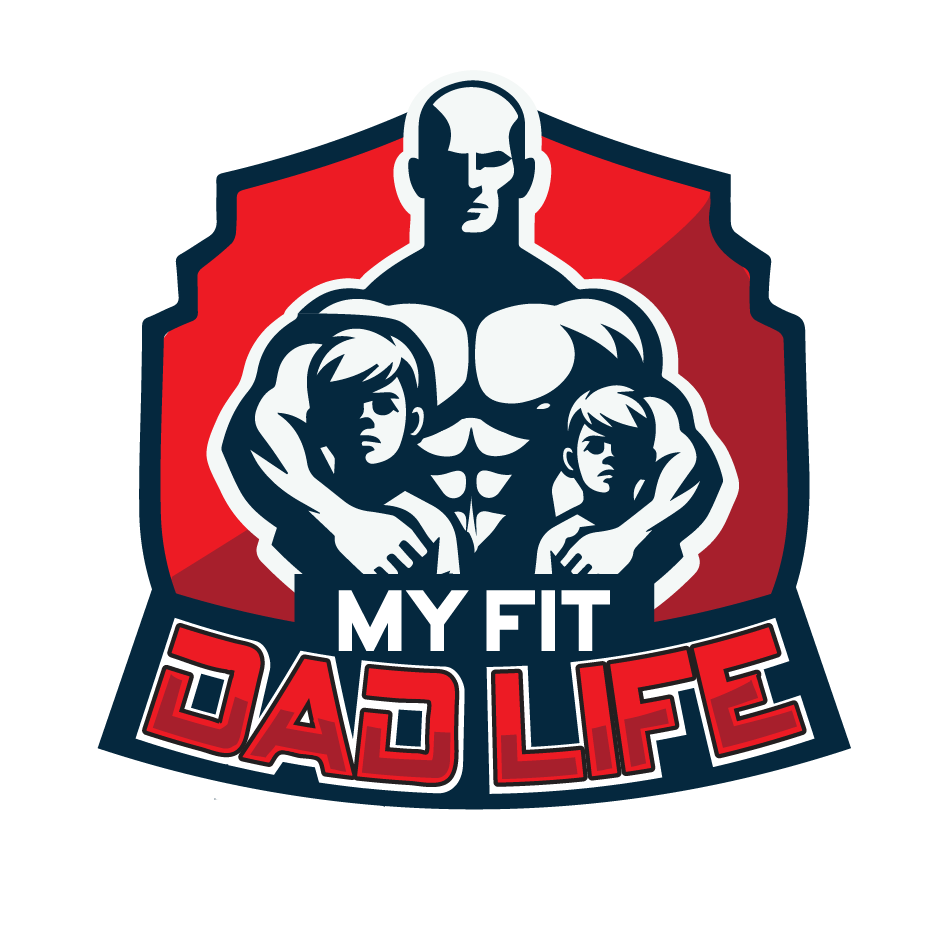If you’ve been following along, you may be wondering, “why is he so passionate about this right now?”. And the simple answer is this: it’s not just about me… it’s about my kids (and the kids of others).
Every year, thousands of babies are born with congenital heart defects (CHD). One of the most common? Bicuspid Aortic Valve disease, or BAV. It affects 1 in every 100 people. Let that sink in.
One in every hundred.
This isn’t some rare, obscure condition. It’s one of the most common congenital heart defects—yet it remains one of the most undetected. Why? Because without proper screening, BAV often slips through the cracks. It’s silent, and for many people, symptomless—until the damage is already done.
I’m one of those people.
I was born with BAV, but I didn’t find out until I was 44 years old, I had to PUSH for the right testing. It took four years of pushing through a broken healthcare system—four years of misdiagnoses, being told it was anxiety, “just long COVID,” or that it was all in my head—before someone finally ran the right test.
An echocardiogram. That’s all it took to see the defect that had been with me my whole life. One test. One machine. One technician who finally looked at my heart the right way.
Now, I’m preparing for open-heart surgery. There are no other options. My valve is failing, the regurgitation is severe, and if I don’t have surgery, I won’t survive this. That’s how serious BAV is. And I’m one of the lucky ones who got a diagnosis before it killed me.
So let me ask the obvious question: Why aren’t we screening for this in infancy or early childhood? It’s completely detectable, and done with a simple screening. And if you don’t have it, you don’t have it. It’s that simple. You don’t develop this as you’re older. You’re either born with it, or you don’t have it. Simple.
We test newborns for far rarer diseases. We check for metabolic disorders, hearing loss, vision issues. But we don’t routinely check their hearts. Not really. Not thoroughly. Unless there’s a very obvious symptom or murmur, most congenital heart defects go unnoticed.
And BAV? It’s sneaky. It’s often asymptomatic until adulthood, when it can cause valve deterioration, severe aortic regurgitation, aneurysms, or even sudden cardiac death. In some cases, the first sign something is wrong is heart failure.
Let me be clear: this is not a condition that should be left to chance.
It’s not just me I’m worried about here—it’s my two sons.
BAV is hereditary. That means if I have it, there’s a real chance my kids do too. So now, I’m getting both of my boys tested. Not because they’re showing symptoms, but because I refuse to leave their health to luck the way mine was.
They deserve answers. They deserve the chance to be monitored, protected, and prepared. Every child does.
If we had standard echocardiograms for infants—or even just for children during early checkups—we could catch this. We could monitor it. We could give kids with BAV a chance to live healthier, longer lives. A chance to prepare, rather than panic. A chance to make lifestyle choices that support their heart health early on.
Instead, we wait. We let kids grow up with silent, undetected heart defects. And by the time they hit adulthood—when the damage has already started—it’s often too late for prevention. All that’s left is surgery.
This diagnosis has changed everything for me. My workouts feel harder. My energy is inconsistent. My mental health has taken a hit. I’ve had to adjust my business, my physical activities, even how I play with my kids. But it didn’t have to get this far.
If someone had caught this when I was younger, I could have been monitored. I could have been protected. Maybe I still would’ve needed surgery one day—but I wouldn’t be rushing into it under threat of heart failure like I am right now.
I’m writing this because something has to change.
We need to start treating CHD screening with the same urgency we treat every other critical infant screening. Because BAV is no joke. It affects 1 in 100 people. That’s a kid in every second classroom. A kid who is out there playing soccer or hockey. A kid at your public swim. And without proper testing, we’re leaving too many of them vulnerable.
I’m not just an adult with a diagnosis. I was a kid with a heart defect no one knew about.
Let’s stop pretending this is rare.
Let’s start demanding early detection, better screening, and serious action.
Because the next 1 in 100 could be your child. And they deserve to know the truth about their heart—before it’s too late.






